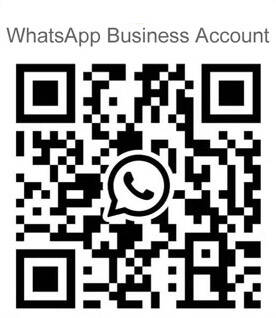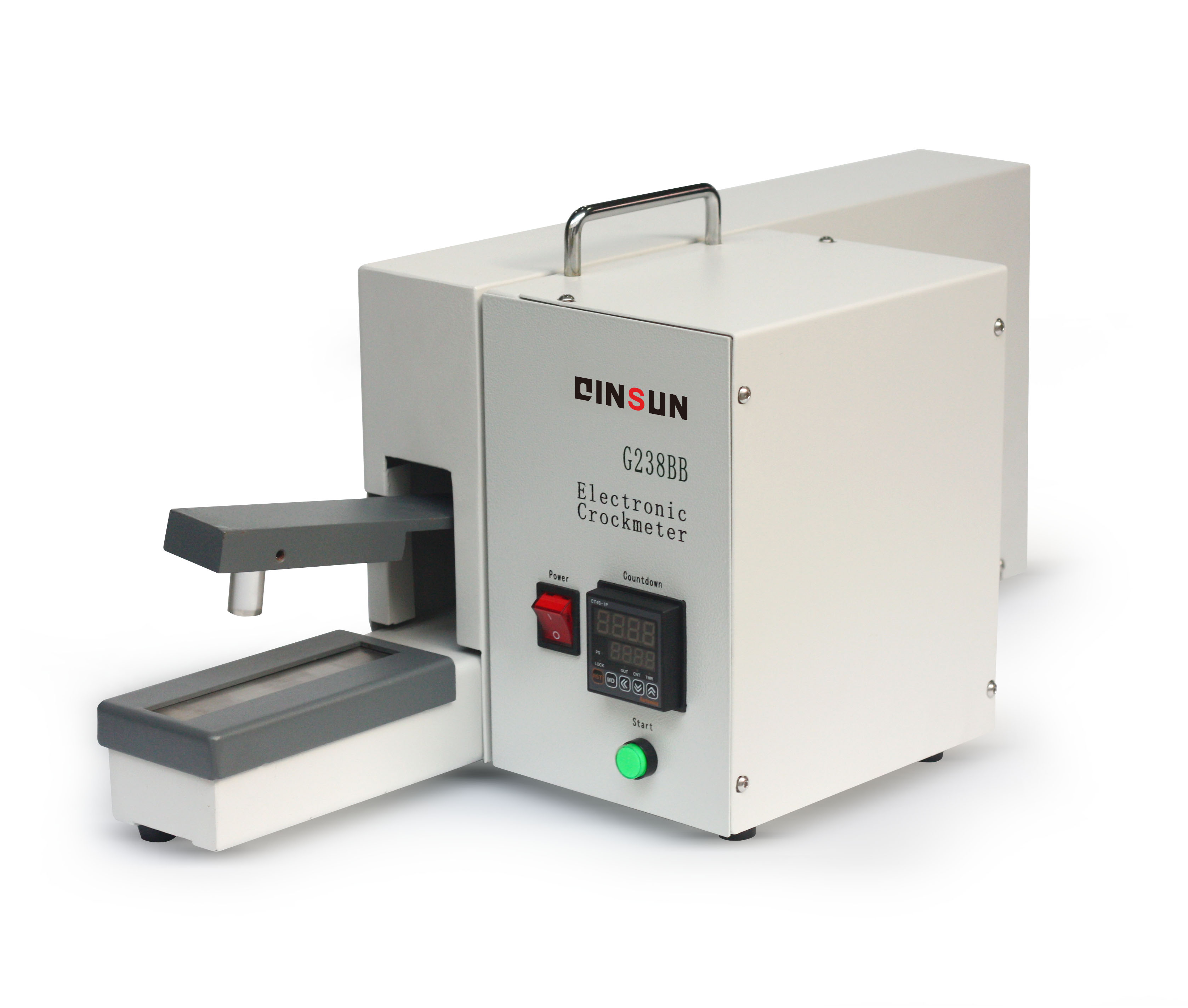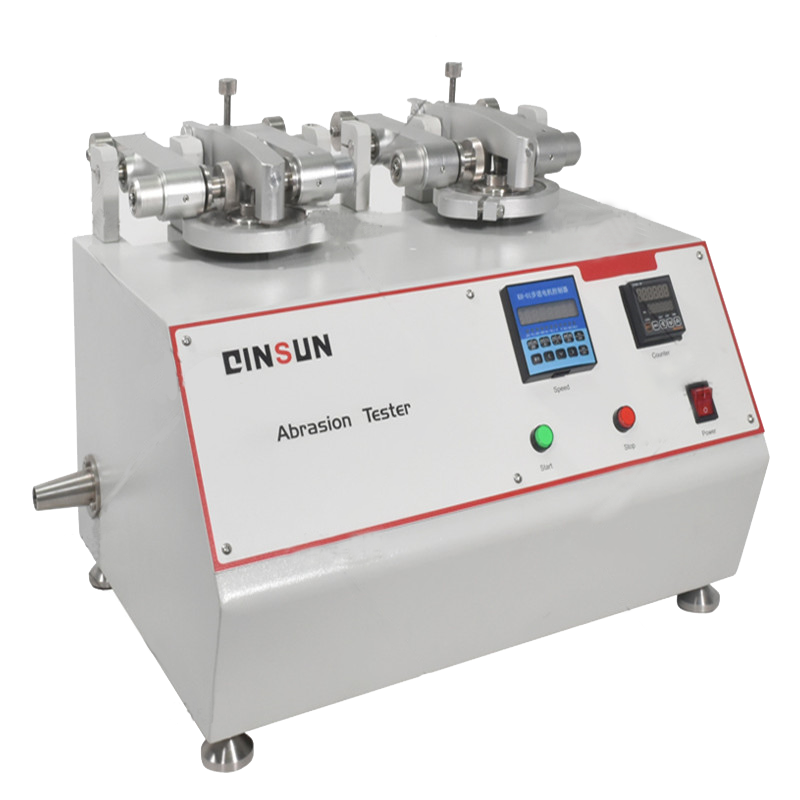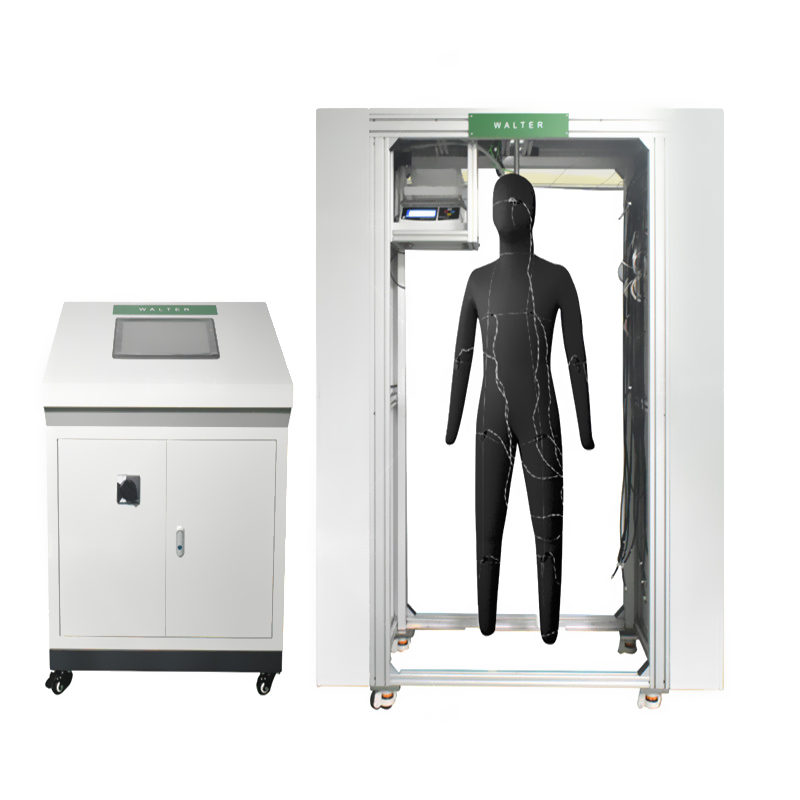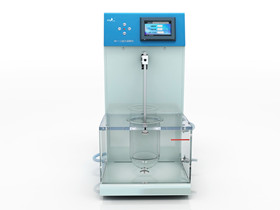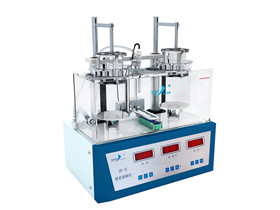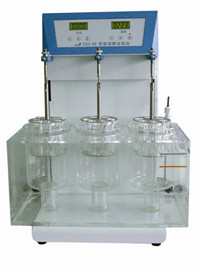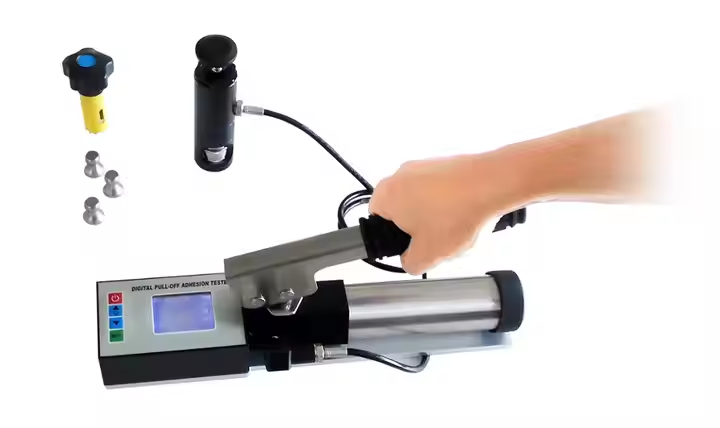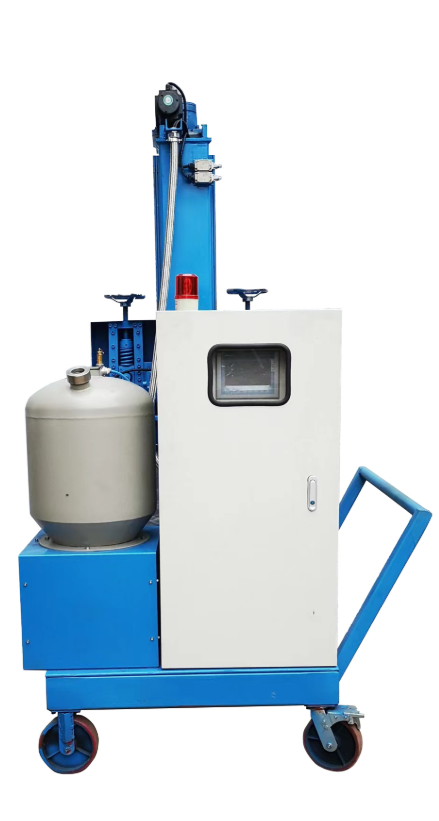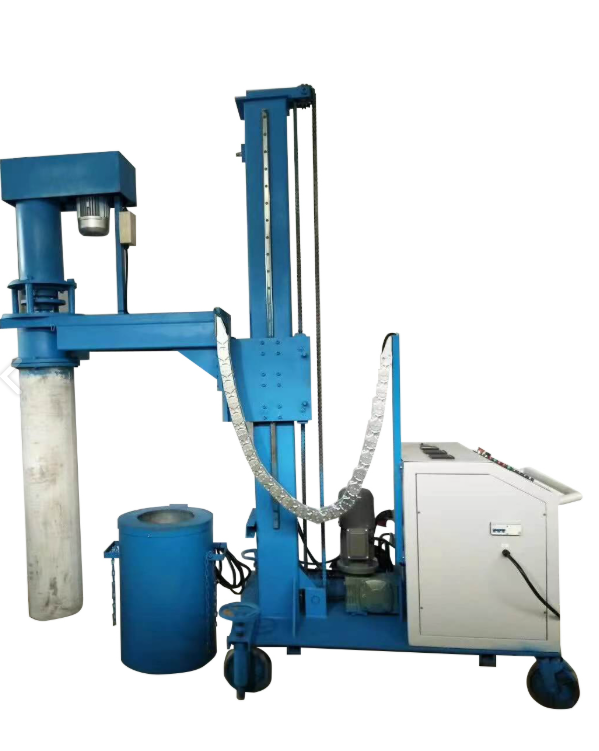Crockmeter/Rubbing Fastness Tester
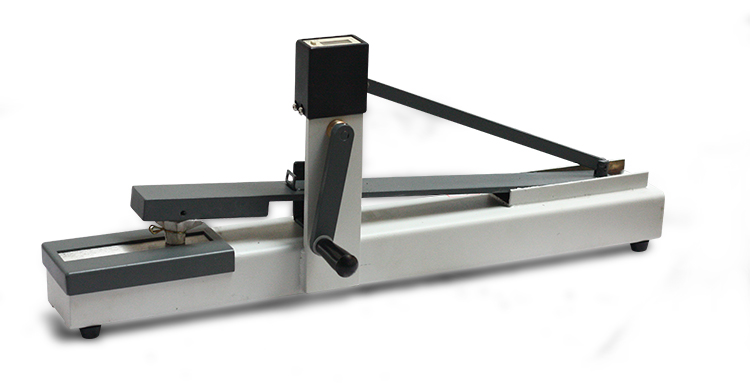
Introduction
Manual friction fastness tester is the most commonly used instrument for the textile industry to detect the color fastness of the fabric to dry and wet rubbing. Under certain conditions, the sample is rubbed against the standard small white cloth. Assess the degree of color transfer to the small white cloth with gray scale. The tester is equipped with crank arm, counter, stainless steel sample holder, 16mm or 25mm diameter test head (providing 9N + 10% vertical pressure).
Standards
BS 1006 D02; ISO 105 D02 X12; AATCC 8 165; GB/T 3920; NEXT TM6 M&S C8 C8A
Application
This instrument is applicable to the test of color fastness in textile, knitwear, leather, electrochemical plate and printing.
Technical Parameter
Manual friction fastness tester is the most commonly used instrument for the textile industry to detect the color fastness of the fabric to dry and wet rubbing. Under certain conditions, the sample is rubbed against the standard small white cloth. Assess the degree of color transfer to the small white cloth with gray scale. The tester is equipped with crank arm, counter, stainless steel sample holder, 16mm or 25mm diameter test head (providing 9N + 10% vertical pressure).
Standards
BS 1006 D02; ISO 105 D02 X12; AATCC 8 165; GB/T 3920; NEXT TM6 M&S C8 C8A
Application
This instrument is applicable to the test of color fastness in textile, knitwear, leather, electrochemical plate and printing.
Technical Parameter
| Max head travel: | 104mm |
| Head pressure | 9N |
| Head dimension round | 16mm |
| Counter range | 1~99999 times |
| Instrument size | 700*240*340mm |
| Weight | 15Kg |
Accessories and consumables:
1. Friction cloth clamping clip
2. Standard friction sandpaper
3. Small white friction cloth (AATCC/ISO standard)
4. Friction small white cloth (SDC)
5. Calibration fabric
6. Grey card (color) -ISO/BS standard
7. Grey card (stained) -AATCC standard
Test Procedure
1. Sample preparation:
Test Procedure
1. Sample preparation:
1. 1 The sample and standard small white friction cloth need to be moisturized in a constant temperature and humidity environment.
1. 2 When the sample has many colors, all colors should be rubbed.
1. 3 if the area of various colors is large enough,take different colored smaple separately.
1. 4 To make dry friction and wet friction, ensure that all colors are rubbed.
1. 5 If the two sides of the sample are made of different materials and colors, the test will be done on both the two sides.
1. 6 Dry and wet rubbing fastness test should not be repeatedly done in the same part of the sample.
2. Dry friction:
2. Dry friction:
2. 1 Place the sample flat on the tester with sandpaper laid on. Make the lengitudinal direction of the specimen consistent with the moving direction of the instrument and fix the sample on the pressing plate, and the sample should be flat.
2. 2 Apply the standard friction cloth to the friction head, tighten with the spring clamp, and place the friction head on the sample.
2. 3 Ensure that the sample has no slip or wrinkle when the friction starts;
2. 4 Put the friction head on the sample. Connect the POWER and press the POWER button. Set test times.
2. 5 Start the test by pressing the START button. When the test number reaches the set value, the instrument automatically stops.
2. 6 Remove the standard white friction cotton cloth and compare for rating with the gray card.
3. Wet friction:
3. Wet friction:
3. 1 Completely wet the standard friction cloth in distilled water;
3. 2 Squeeze the friction cotton in the filter paper after taking out, but contain certain water content;
3. 3 The remaining steps are the same as the above dry friction test;
4. Result processing:
4. 1 Before rating, use scotch tape to gently stick the loose fluff off the white cloth.
4. 2 Place three layers of unused friction white cloth under the white cloth to be assessed, and the color rating of the small white cloth should be evaluated by reference to the standard stained grey scale.
5. Test report:
5. 1 Report standard method
5. 2 Report dry friction and wet friction results respectively.
PRODUCT DISPLAY
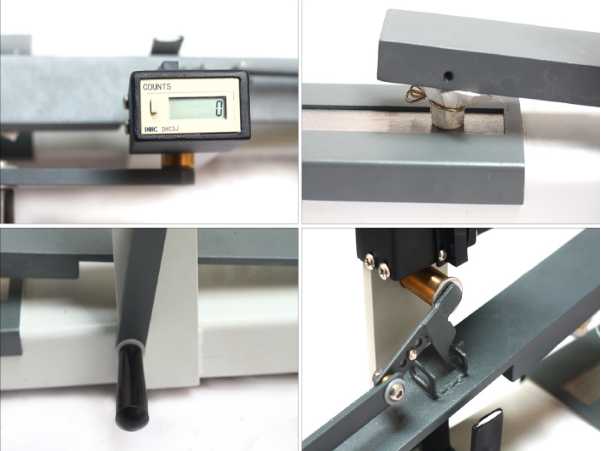
Electronic Crockmeter
Note:QINSUN is very in place for textile testing and quality control,we have our own textile testing lab. Our textile testing equipment and testing methods are in the leading position in the industry. We have passed the textile testing certification and iso textile testing standards issued by a number of testing,We can provide textile testing equipment pdf manual. Sufficient inventory, big discounts, limited time promotion, Order now!
Leave Message Get Price


